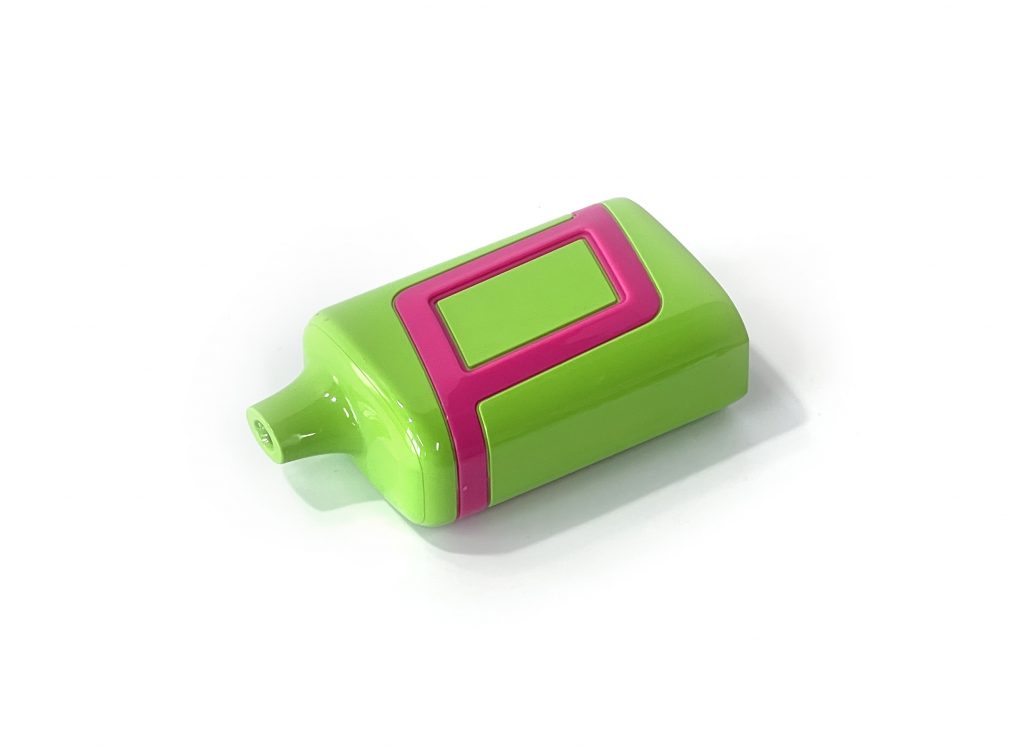Vacuum copy molding and low-pressure infusion are common methods for prototyping. The principles of the two appear to be similar on the surface. An original version can be made through CNC processing or 3D printing. If the structure is more complex, 3D printing can be used to make the original version, and then Use the original version to make silicone molds, and then use this silicone mold to make batch copies. However, there are still certain differences between the two. Let’s analyze the differences between the two prototype processing methods of vacuum molding and low-pressure infusion.

Vacuum replica mold
Vacuum replica mold is a relatively common process that uses the original template to make a silicone mold in a vacuum state, and then casts it with PU material in a vacuum state, thereby cloning a replica that is the same as the original template. Way. It is mainly used for the customization of small batches of plastic prototypes, usually from dozens to hundreds of plastic prototypes. It is more cost-effective to process them in this way.
The material properties of vacuum molding products can simulate the properties of most existing engineering materials. Common materials include domestic PU, imported PU, transparent PU, soft PU, Saigon, ABS, PP, PC, high-temperature resistant ABS, etc. At the same time, transparent materials can be copied Parts such as PC, plexiglass, etc., thermoplastic elastomers TPR, TPR, TPU, etc. and various soft materials such as silicone, rubber, etc. At the same time, various colors can be added to the replica products to meet various appearance needs. Product replication is not affected by volume, complexity, various structures, etc. It is easy to open molds, has a short cycle, and has quick results.
Reaction Injection Molding
Reaction Injection Molding, also known as low-pressure reaction injection molding, is a new process used in rapid molds. It mainly mixes two-component polyurethane materials and injects them into rapid molds at normal temperature and low pressure. Through the polymerization and exchange of materials, Chemical and physical processes such as bonding and curing form products. It has the advantages of high efficiency, short production cycle and low cost. It is suitable for small batch trial production in the product development process, as well as the production of small batch production of covering parts with relatively simple structures and large thick-walled and uneven-walled products.
The European and American countries that use the most low-pressure perfusion have relatively mature materials and perfusion technologies. The earliest use of low-pressure perfusion in China was for the automotive industry. In recent years, relatively more low-pressure perfusion processes have been used in the production of domestic medical products and instruments. , because the production quantity of each instrument and medical product is not large, and the sales volume of one product per year is dozens or hundreds of sets, the cost of opening a steel mold for injection molding is relatively high, and there are many medical products with relatively thick walls. , or the wall thickness is uneven, which is not suitable for the injection molding process. The surface curve is relatively complex, and it is not suitable for the blister process. However, low-pressure infusion is different. Thick-walled products can be infused, and products with uneven wall thickness can be infused normally. The wall thickness (5-6mm) can be up to about 30mm. The molds are made of many materials (aluminum molds, resin molds, plastic molds, plaster molds, etc.). There are many choices of pouring materials, including imported materials and domestic materials. There are materials close to ABS and materials close to PP.
Summary of the difference: Vacuum molding is mainly used to copy small prototypes (such as ABS, PC, acrylic prototypes, etc.) in small batches, while low-pressure infusion is used to copy large prototypes, such as car bumpers and medical instrument chassis. , instrument panel prototype, etc.
PROTO MFG provides a wide range of manufacturing capabilities and other value-added services for all of your prototyping and production needs. Visit our website to learn more or to request a free, no-obligation quote.